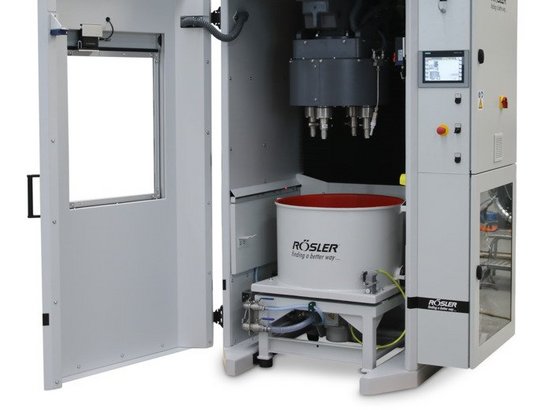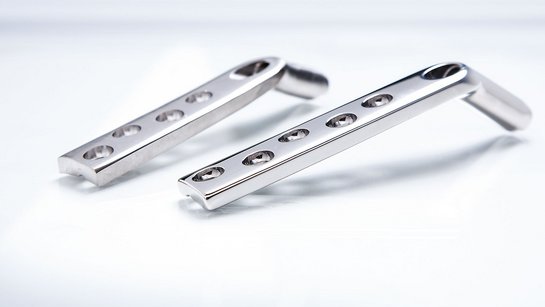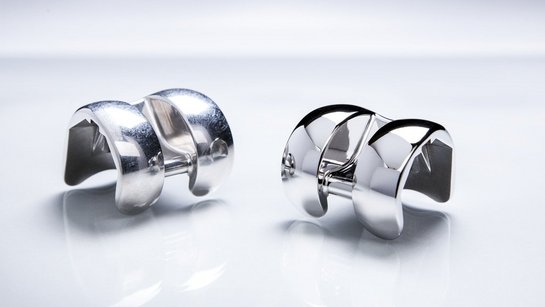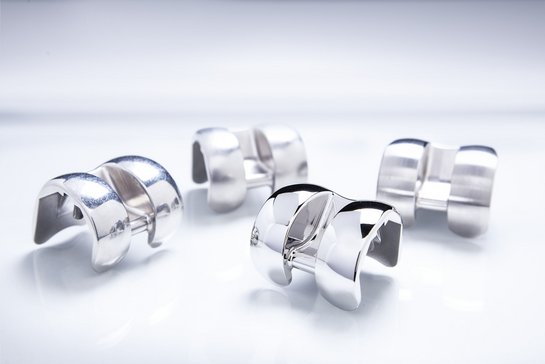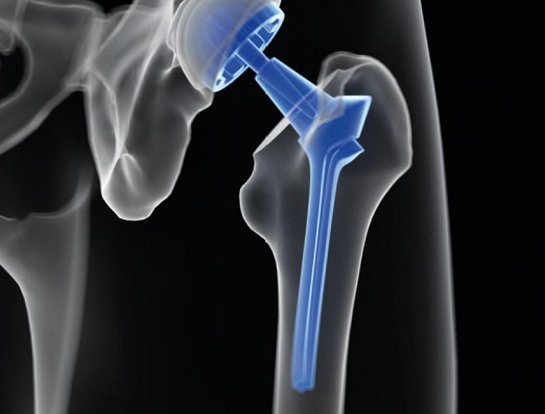
Orthopedic Implants, Part 4 – Finishers Meet Standards, Face New Challenges
, Matthew Wesner - Torna alla panoramica
For orthopedic manufacturers, precision surface finishes are vital. Tight standards must be met on traditional and additively manufactured parts to ensure effectiveness.
While choosing the right implant material is of utmost importance, as discussed in our previous Orthopedic Implant Series post the significance of optimum surface treatment throughout the entire implant manufacturing process cannot be overstated. This relates not only to the right surface finish, but also total compliance with the specified tight dimensional tolerances.
The functionality of an orthopedic implant is determined by the perfect match between the various implant components. This depends, to a large extent, on the surface treatment procedure(s).
With extensive experience in the medical industry, Rosler is an expert in designing systems and solutions for the treatment of joint reconstruction implants utilizing shot blasting and mass finishing technologies.
Our Orthopedic Implant Series continues with an overview of the rigorous finishing standards that orthopedic implants of all materials must meet.
Stringent Finishing Requirements

For the comfort of patients and the effectiveness of the components, orthopedic implants must be finished to precise specifications.
The most important finishing requirements are:
- The elimination of sharp edges or burrs to prevent rupturing of blood vessels and blood clots during implantation and to expedite the healing process.
- An extremely smooth, polished surface on the implant areas that interact with each other, with Ra readings of less than 1.0 micro inches (= 0.025 μm).
- A textured, somewhat rougher surface finish on areas that are implanted into the bone to promote Osseo integration.
- Absolutely clean surfaces without any contamination to prevent infections.
- A slightly textured surface as preparation for surface coatings.
- Longevity, i.e. improved resistance against tensile and bending stress. This is achieved through shot peening.
- Maintaining critical component dimensions during the various finishing operations.
Emerging Technology
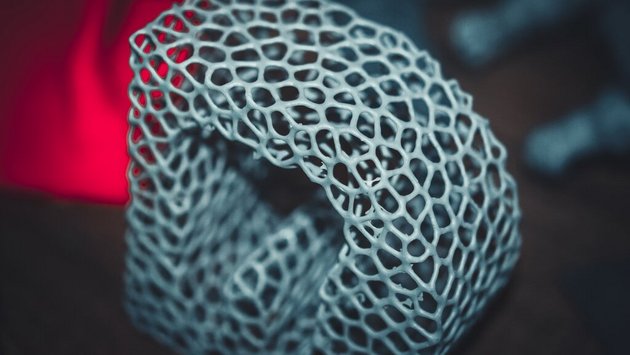
Additive manufacturing is rapidly evolving from a purely prototyping method into a full-fledged manufacturing system, and there is little doubt this trend will continue. This trend has also reached the orthopedic implant industry as hip implants as well as knee, other joint replacements, and spinal implants are already made through additive manufacturing.
While there is great potential in additive manufacturing, these components currently pose enormous finishing challenges. In addition to removing the support structures and sintered metal particles, significantly higher surface roughness must be processed.
The initial surface roughness of a 3D printed component can be as high as Ra = 2,000 micro inches (= 50 μm), while the initial surface roughness of a cast or forged part amounts only to Ra = 120 – 320 micro inches (= 3 to 8 μm). Since it promotes bone growth, the higher surface roughness is an advantage for surface areas implanted into the bone yet challenging for surface areas that must be extremely smooth.

